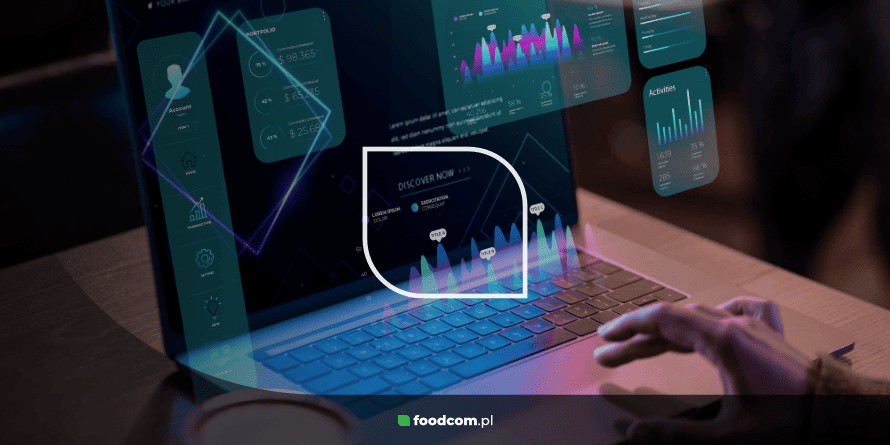How will technology change the B2B industry in 2025?
5 MIN READING
5 MIN READING

The B2B industry, i.e. cooperation between companies, is the foundation of the global economy. It covers everything from manufacturing and logistics to professional services. This is where the most valuable transactions take place, requiring trust, precision, and long-term thinking.
In recent years, technology has become one of the most important drivers of change in this sector. Digital solutions are no longer an add-on, but a fundamental part of business operations. Automation, artificial intelligence, e-commerce, cybersecurity, and sustainability are redefining the way companies communicate, sell, make decisions, and build relationships with their partners.
Automation in B2B is no longer an innovation, it is standard. CRM (customer relationship management), ERP (enterprise resource planning) and RPA (robotic process automation) systems are now used not only by corporations, but also by medium-sized companies. They facilitate communication with partners, shorten order fulfillment times and reduce errors.
Increasingly, systems are interconnected: data from CRM goes directly to production, and orders placed online trigger subsequent stages in the supply chain. Examples? RPA-based logistics, where robots track shipment statuses, or digital after-sales service without human intervention.
The benefits? Less manual work, greater reliability, faster information flow, which in B2B, with large contracts, translates directly into money and trust.
Data is the currency of B2B, and artificial intelligence (AI) is the tool that gives it meaning. In 2025, companies will use AI not only to analyze the past, but also to predict the future.
Machine learning supports:
Sales teams use lead scoring, which is an automatic assessment of which contacts are most promising. Chatbots support customer service, and recommendation systems suggest what the customer might want to order.
As a result, decisions are made based on specific data rather than gut feeling. This speeds up operations and minimizes risk.

Until recently, B2B e-commerce was limited to order forms and PDF files. By 2025, it will be a sophisticated, self-service shopping platform that resembles the convenience known from B2C.
Modern B2B portals offer:
Omnichannel, i.e., a consistent customer experience regardless of the channel: website, app, or contact with a sales representative, is playing an increasingly important role. The purchasing process can be started in one place and completed in another without losing context.
For organizations, this means a change in the way they work: sales and IT must work closely together to provide a consistent, secure, and personalized experience for the customer.
Trust in B2B is capital, and in the digital world, it is increasingly dependent on the level of technological security. Companies are investing in security not only out of fear of attacks, but also to meet the growing demands of partners and regulators.
The most important areas are:
Multi-level authorization, data encryption, and compliance with standards (such as ISO 27001 or the NIS2 directive) are becoming the norm. More and more companies are also turning to blockchain, for example to secure transaction histories or confirm the authenticity of deliveries.
In practice, it is not just a cost, but an investment in credibility.
Sustainable development (ESG – Environmental, Social, Governance) is no longer just a PR exercise. For many companies today, it is a hard requirement resulting from regulations, investor and customer expectations. And technology helps to implement it in a real way.
Examples of applications:
The result? Better control over environmental impact, greater transparency, and readiness for a changing legal environment. But also an advantage in the eyes of customers and partners for whom social and climate issues are becoming as important as price or timeliness.

In 2025, IT is not a “back office.” It will be a center of competence that shapes products, customer service, and the way the entire company operates. It will work with marketing, sales, and HR, because technology permeates all areas.
Digital transformation begins in technology departments, which implement systems, automate processes, and ensure security. But they are also increasingly supporting recruitment activities. Why?
Because a modern company needs talented people who can implement and develop new solutions. Employer branding, i.e., how a company communicates its attractiveness as an employer, is now largely based on its perception as an innovative, technologically stable and change-ready organization.
Technology is changing the rules of the game in B2B, but it is not enough on its own. Companies that are able to not only implement new solutions, but also create a culture of cooperation, innovation, and trust around them, gain an advantage.
Because in the end, it is not the tools that make the difference, but the people who know how to use them wisely.